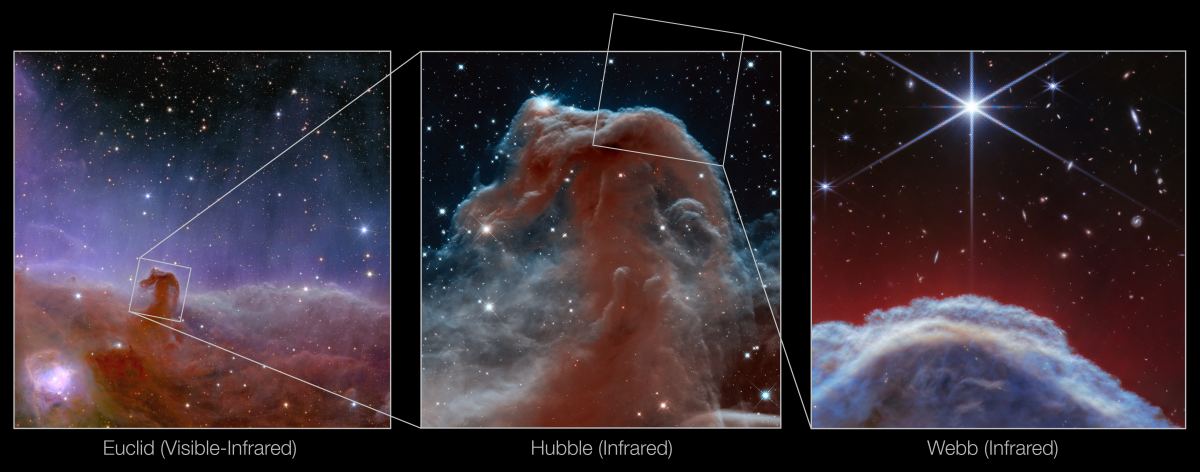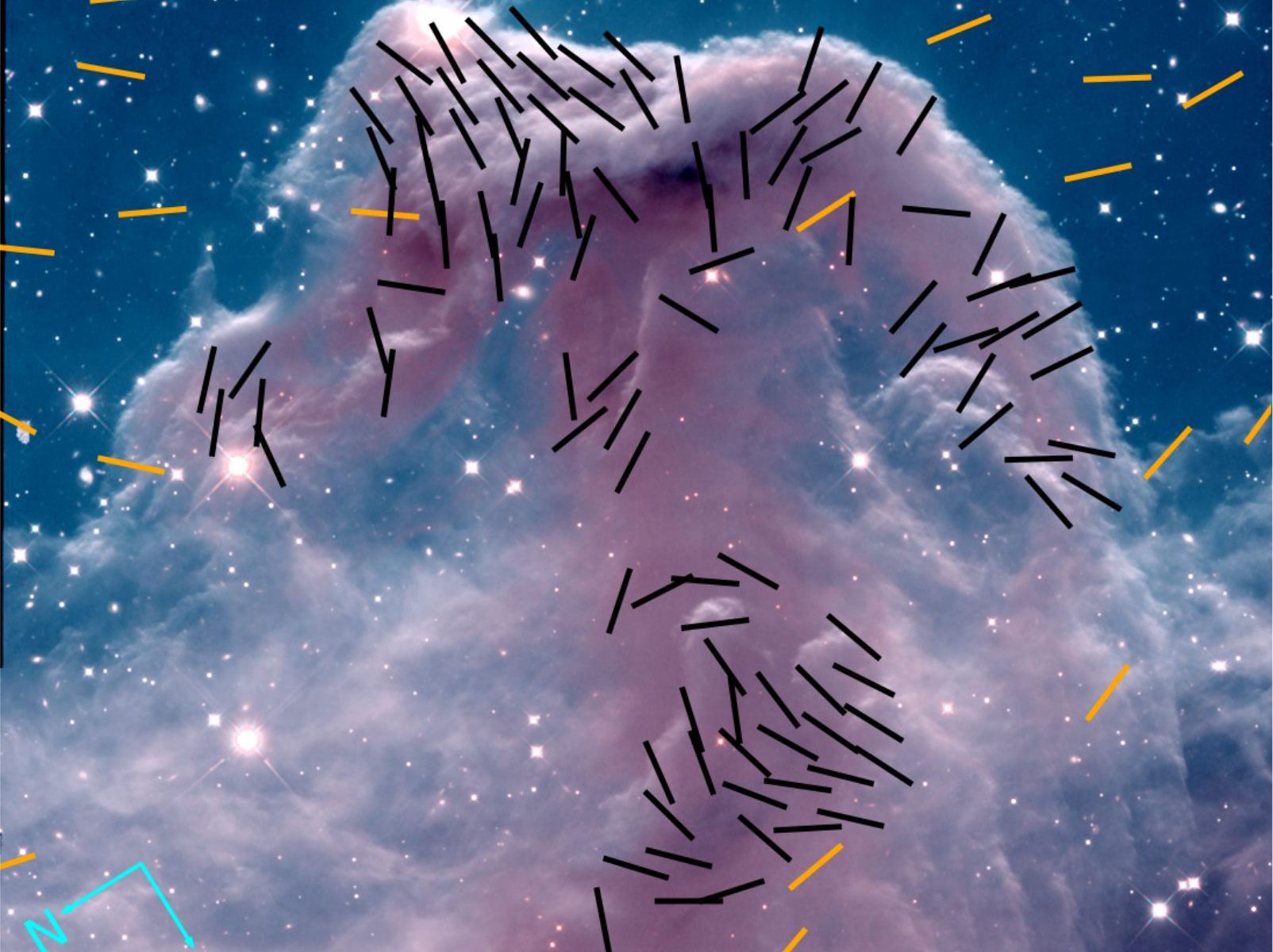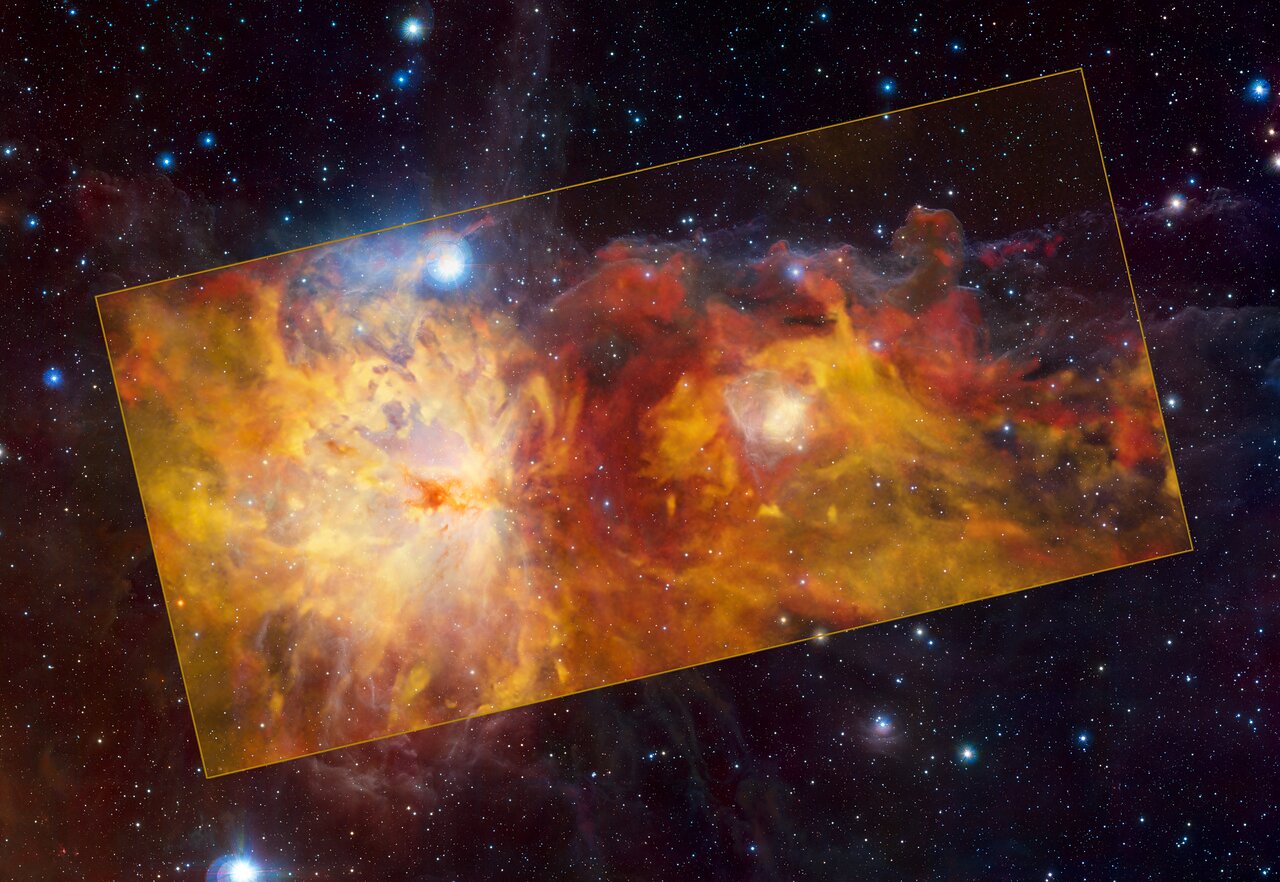Astrophotographer Terry Hancock has been working on this for several weeks and the results are fabulous. This panoramic view of the Orion region includes two of the most recognizable objects in this constellation — the Orion Nebula and the Horsehead Nebula. It also takes a look at the three bright stars of Orion’s belt Alnitak (to the left of the image), Alnilam and Mintaka. Additionally, it shows part of the Orion molecular cloud.
Wow!
More info on this image from Terry:
This is data I captured in January, February and early March 2014 over 8 nights using a QHY11S Monochrome CCD/Takahashi E-80 F2.8 from DownUnder Observatory in Fremont Michigan, USA.
190 individual exposures make up this 5 panel mosaic for a Total Exposure time of 11 hours
Equipment:
Camera: QHY11S monochrome CCD cooled to -20C
Optics: Takahashi Epsilon F2.8 ED-180 Astrograph
Mount: Paramount GT-1100S German Equatorial Mount (with MKS 4000)
Image Aquisition Maxim DL
Stacking and Calibrating: CCDStack
Registration of images in Registar
Post Processing Photoshop CS5
See more of Terry’s astrophotography at his Flickr page or G+.
Want to get your astrophoto featured on Universe Today? Join our Flickr group or send us your images by email (this means you’re giving us permission to post them). Please explain what’s in the picture, when you took it, the equipment you used, etc.




